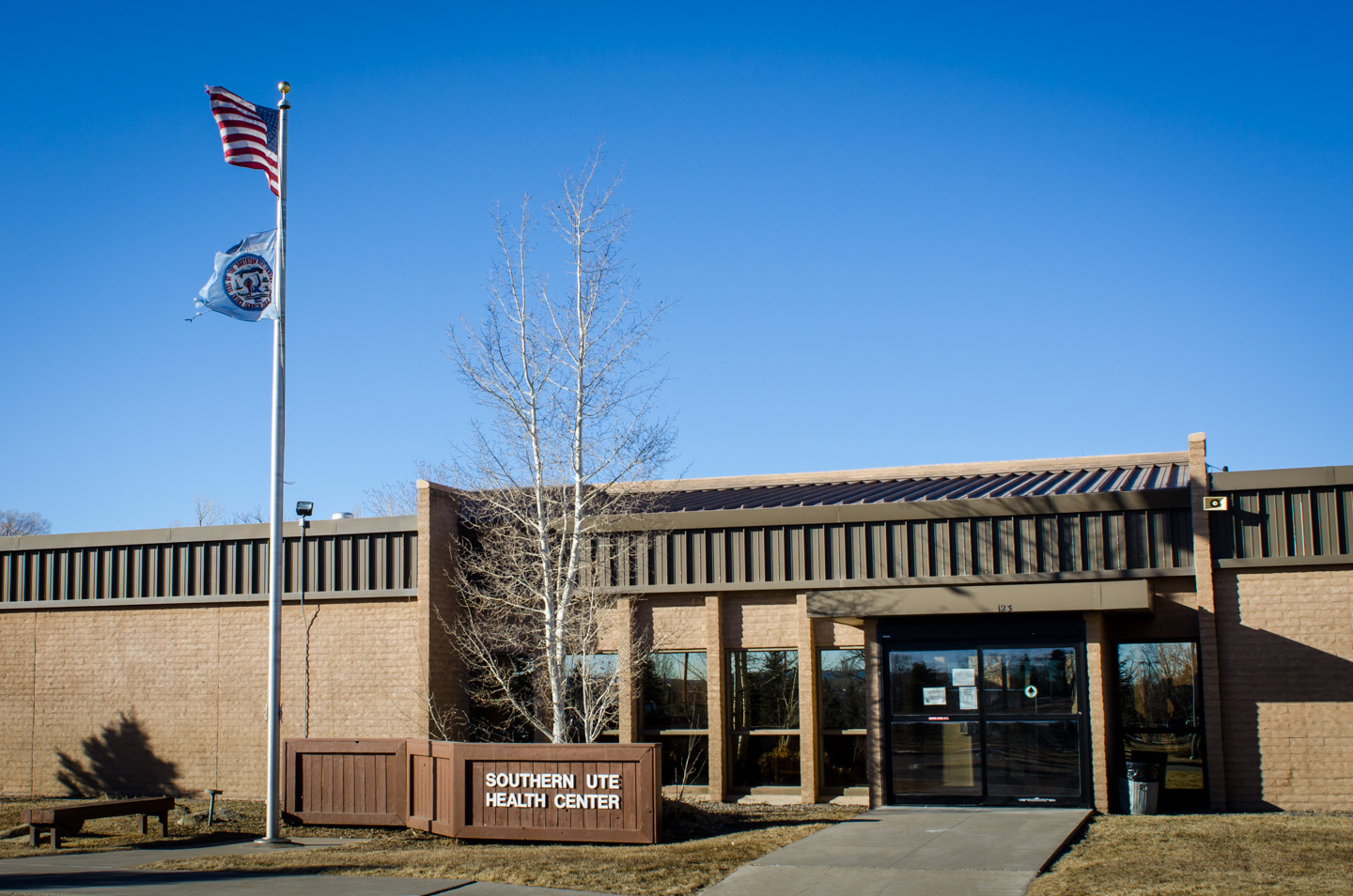Editor’s note: For more stories from our Spotlight on Tribal Health series, click here.
Treaties between tribes and the United States rarely mention health care.
The Ute Treaty of 1868 does not mention health care. For many years, the focus of the government was on preventing the spread of epidemic diseases, such as tuberculosis, rather than routine health care for tribal members. This began to change in 1954, when the federal Transfer Act shifted responsibility for tribal member health care from the U.S. Bureau of Indian Affairs to the U.S. Indian Health Service.
This change did not guarantee that tribal members would receive the best health care services. The facilities operated by the IHS have often been very old. When tribal-member patients need a service not provided by the IHS, they must be referred to outside physicians using federal funding under the Contract Health Service program, or CHS.
Due to high demand for specialized services that tribal members need but that the IHS doesn’t provide, CHS funds typically tap out by the first of June each year. If these dollars aren’t available, the patient’s only option is to wait until the next year’s Contract Health Service funding becomes available.
The U.S. government itself acknowledged in a report published in 2000 that it spends less money per person on tribal-member health care than it does on health care for inmates of federal prisons.
These problems, and other similar problems with the IHS system, persuaded the Southern Ute Indian Tribal Council that it needed to take action to fix the health care system for tribal members.
The first step it took was to hire the Arthur Anderson firm to explore purchasing health care insurance for all Southern Ute tribal members. This first effort ended abruptly when Arthur Anderson collapsed during the Enron accounting scandal in 2002.
The Tribal Council then hired Judy Enright, a consultant from New Mexico, to take a look at the tribe’s health care system and make recommendations for change. Enright placed heavy emphasis on tribal-member participation in the process and helped establish the Tribal Member Health Committee.
After many meetings, the committee made four recommendations to the Tribal Council.
First, it recommended that a health resources pool be established and funded to pay for health care services not covered by the IHS when it ran out of CHS money each year. Whenever it was determined that there was a medical necessity for a service, but IHS couldn’t pay for it because the CHS dollars were used up, the resource pool would then step in and pay for the service.
The second recommendation was that a tribal-member health benefits department be created.
The committee’s third recommendation was to have the tribe enter into a self-determination contract under the Indian Self-Determination Act for the Southern Ute Health Center, so that the tribe could take over the operation of the clinic.
Finally, the committee recommended that a permanent tribal member health advisory board be established. The Tribal Council enacted all of the committee’s recommendations on Feb. 12, 2003.
Tom Duran, a pharmacist who is also an officer with the U.S. Public Health Service, became the first director of the Tribal Member Health Benefits Department, which had responsibility for the operation of the health resource pool.
The original purpose of the pool was to pay for services that would ordinarily be provided by IHS as “medically necessary,” but for which there was no available IHS or private health insurance money. But by March 2004, claims were being submitted for services that did not meet the definition of “medically necessary” but were nonetheless important to the health of tribal members, including traditional healing ceremonies.
The cost of funding the resource pool began to rise dramatically as a consequence of these additional claims.
At the same time, the tribe began the process of obtaining a self-determination contract to operate the Southern Ute Health Center in place of the IHS.
Serious contract negotiations between the tribe’s representatives and IHS began in early 2005. These negotiations ground to a halt when the IHS insisted that the tribe waive its right to receive an essential part of self-determination contract funding, contract support costs, as a condition of getting a contract.
The tribe sued the IHS and did not actually obtain a self-determination contract to operate the Health Center until October 2009.
Since October 2009, the tribe has experienced growing pains of the kind typical of the first years of a self-determination contract. The tribe is now free to decide for itself how to operate the clinic, without IHS interference, although this has meant a fairly high turnover rate among staff as the focus of the clinic has changed.
The Tribal Council is now in the process of re-examining how to provide the best health care for tribal members and where the resources pool and Southern Ute Health Center should fit into the picture.

